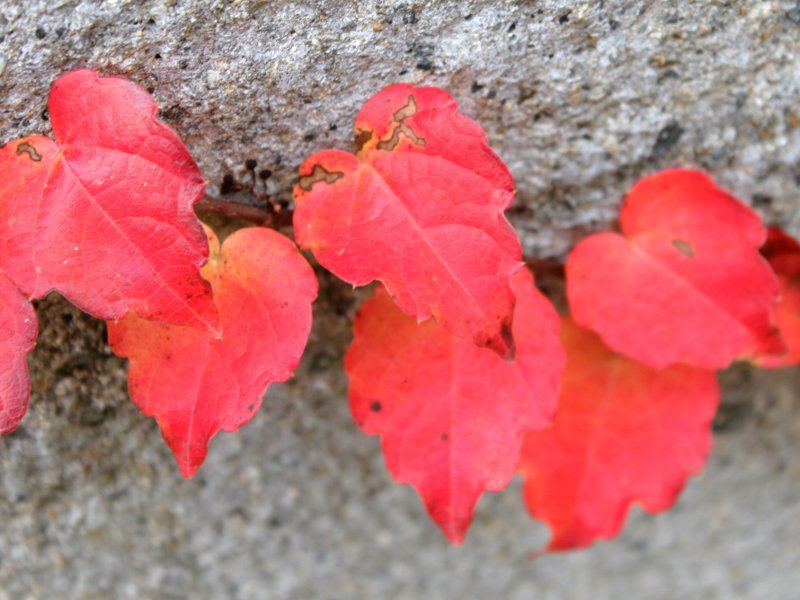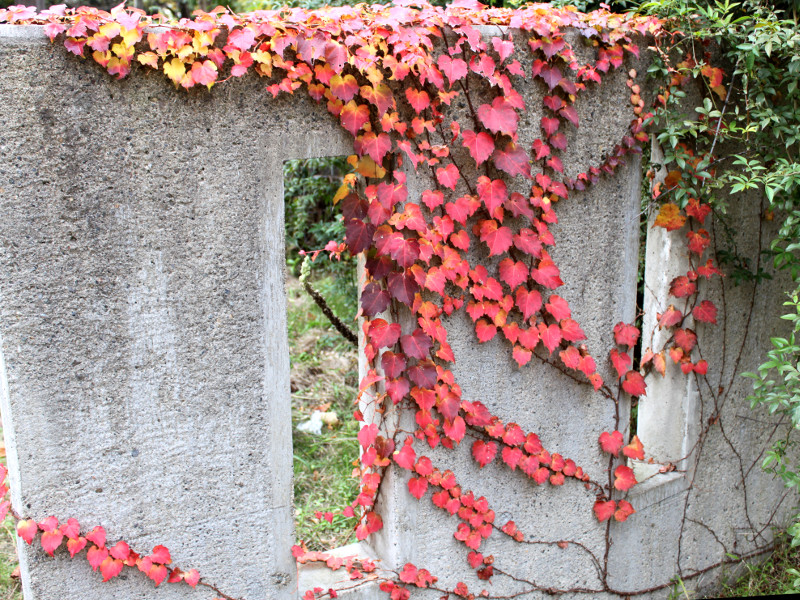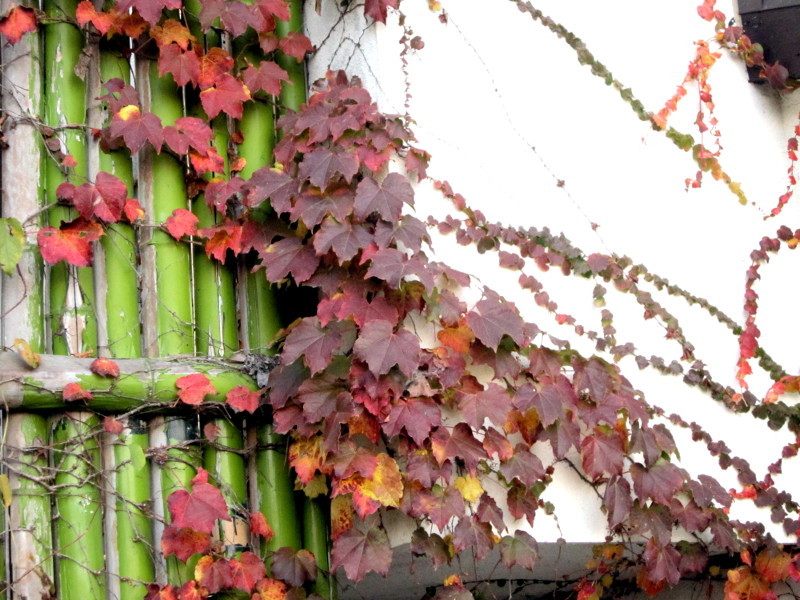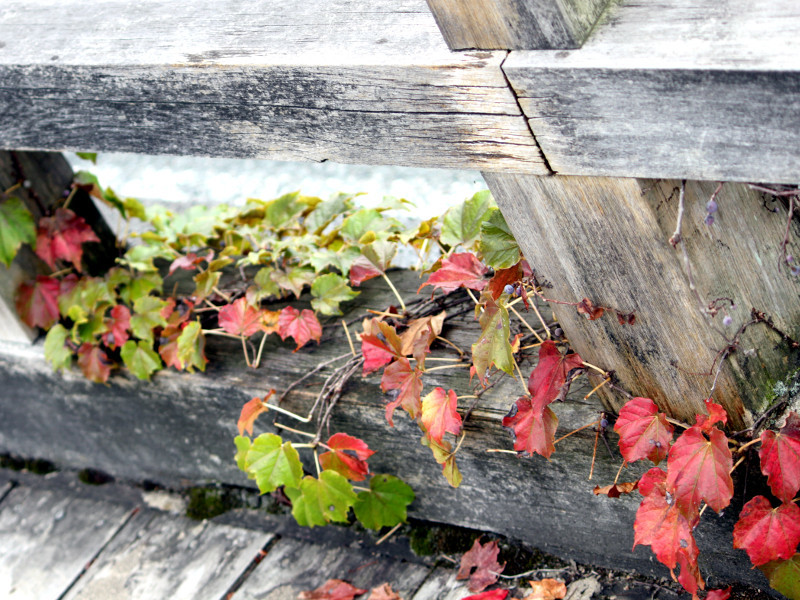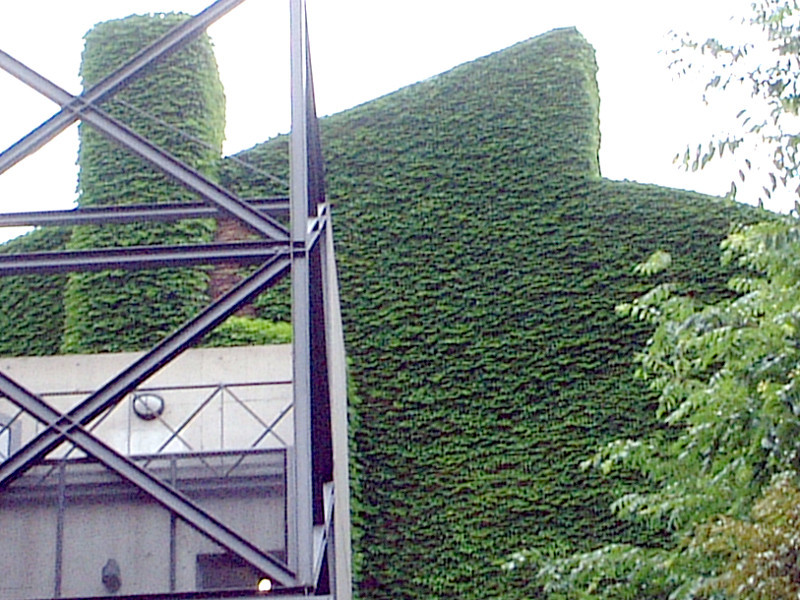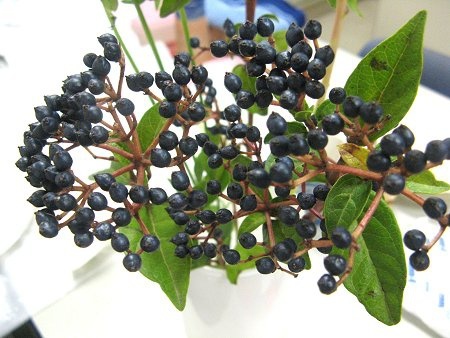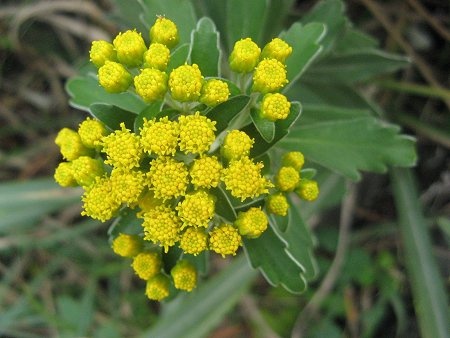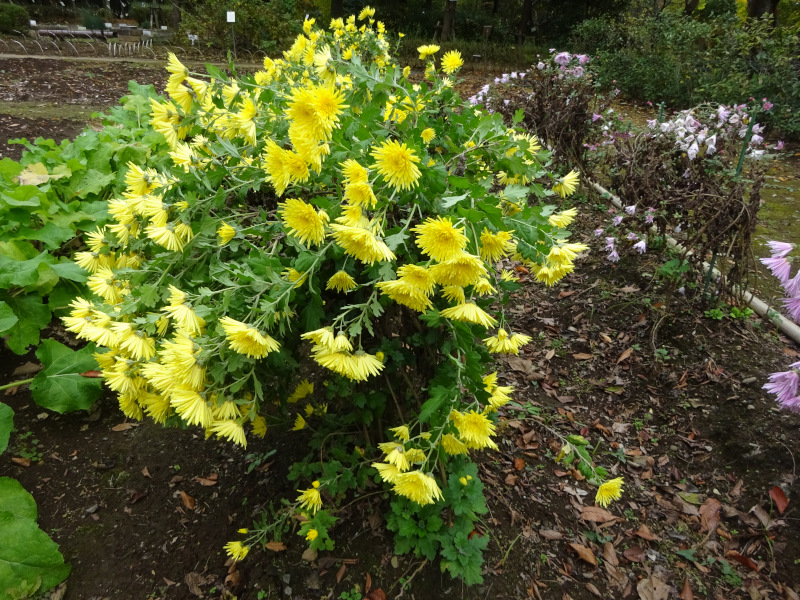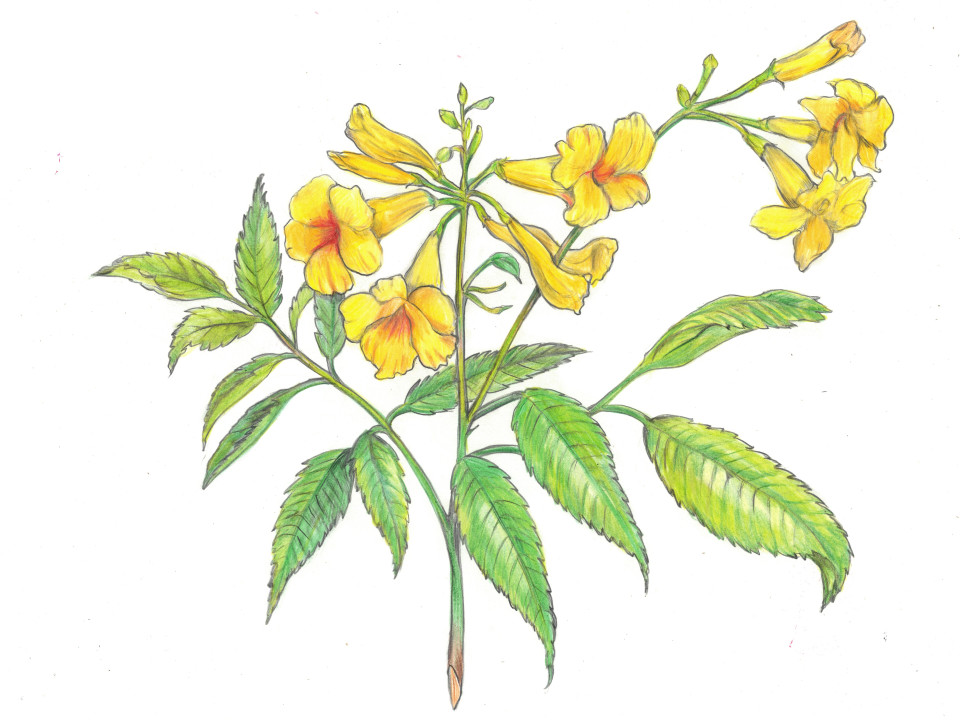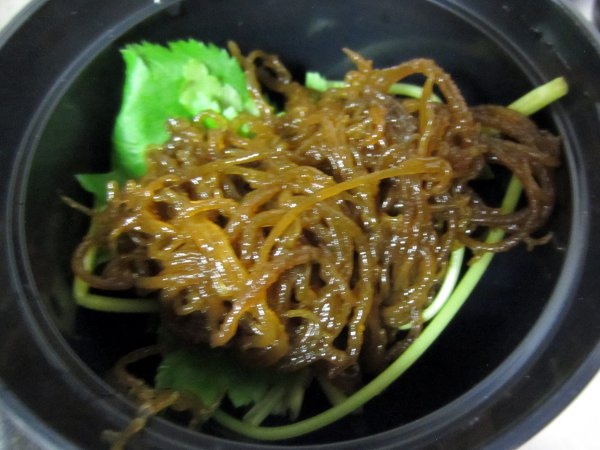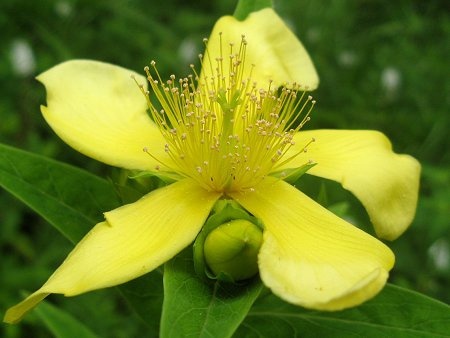Parthenocissus tricuspidata
- Flower nameParthenocissus tricuspidata
- Scientific nameParthenocissus tricuspidata
- Aliasナツヅタ, 蔦, 夏蔦, Japanese Ivy, Boston Ivy, モミジヅタ
- Place of originJapan, Korea,and China
- Place of floweringGarden, Ornamental plants
- Flowering seasonJune, July
What is Parthenocissus tricuspidata
Parthenocissus tricuspidata or commonly called as Boston ivy, or Japanese ivy, Tsuta (scientific name: Parthenocissus tricuspidata) is native to Japan, the Korean Peninsula, and China, and is a deciduous woody plant belonging to the genus Ivy. It stretches while crawling the walls and trees with a cup-shaped sucker with changed leaves. The broad egg-shaped leaves are shiny and split 3 times. There is a sparse saw blade on the leaf edge. In summer, small inflorescences spread from short branches and small yellow-green five-petal flowers bloom. In autumn, the leaves turn red, forming small berries. A plant similar to the Ivy genus common ivy (scientific name: Hedera helixa) . Japanese ivy (P. tricuspidata) turns red, while common ivy (H. helixa) doesn't turn red.
Common name: Parthenocissus tricuspidata, scientific name: Parthenocissus tricuspidata, aka: Boston ivy, or Japanese ivy, Tsuta (Japanese name), Origin: Japan, Korean Peninsula, China, Habitat Distribution: All over Japan, Environment: Trees and outer walls, Living type: Deciduous vines, Vine length: More than 10 m, Bark: Dark brown, Leaf shape: broad egg shape, 3 shallow fissures, leaf length: 5-15 cm, leaf width: 5-15 cm, leaf edge: sparse sawtooth, petiole length: 15 cm, inflorescence: mutual, leaf color: green → Colored leaves (autumn leaves), amphoteric flowers, inflorescence form: concentrated inflorescence, flower color: yellow-green, flower diameter: 0.2 to 0.3 cm, number of petals: 5, stamens number: 5, flowering period: June to July, flowering Location: leaf buds, fruit type: berries, fruit diameter: 0.5-0.7 cm, fruit shape: sphere, fruit color: green → black purple (in autumn), seed shape: fallen egg shape, seed length: 0.4 cm, fruiting period: Autumn, use: exterior, bonsai, remarks: In the old days, vines were cut and the sap was boiled and boiled down to make sweeteners. Season: Autumn.
